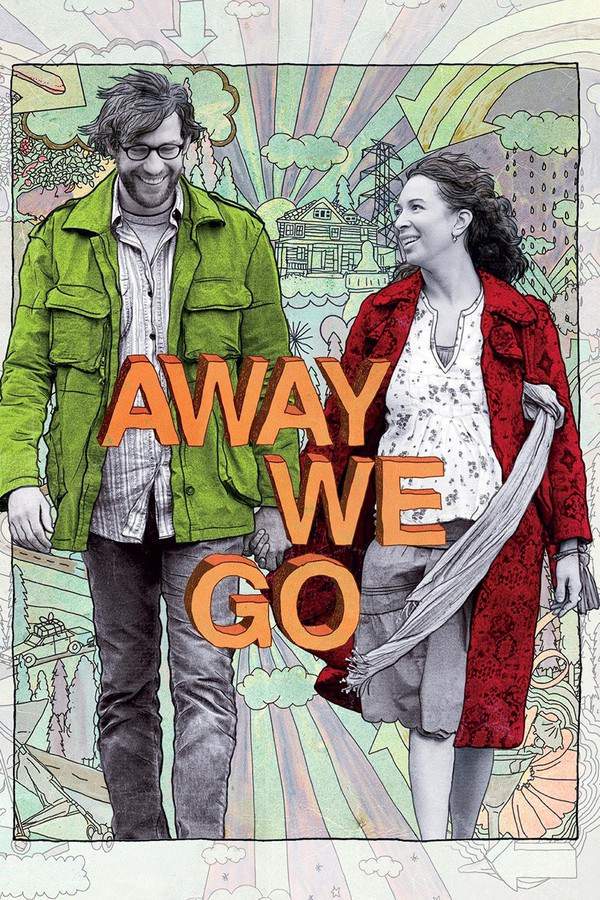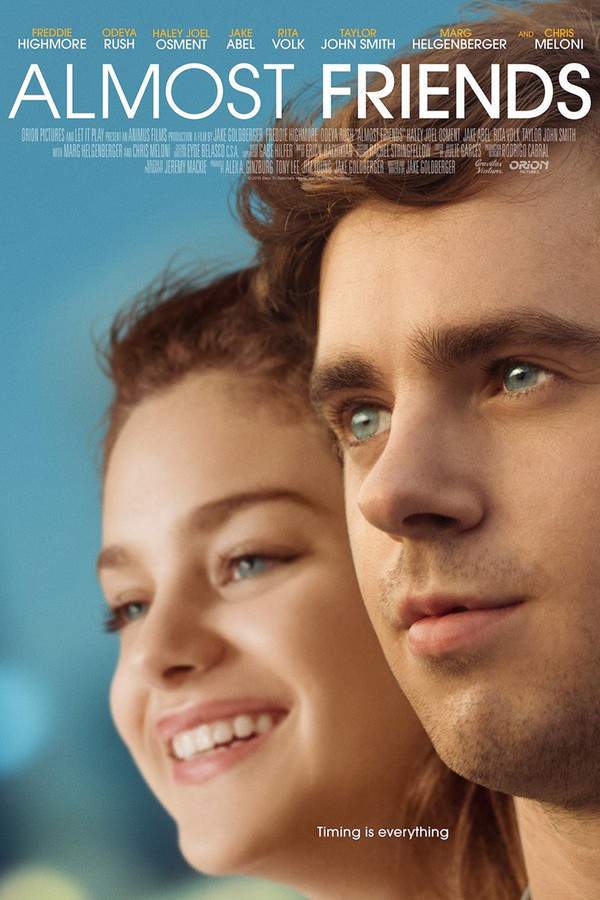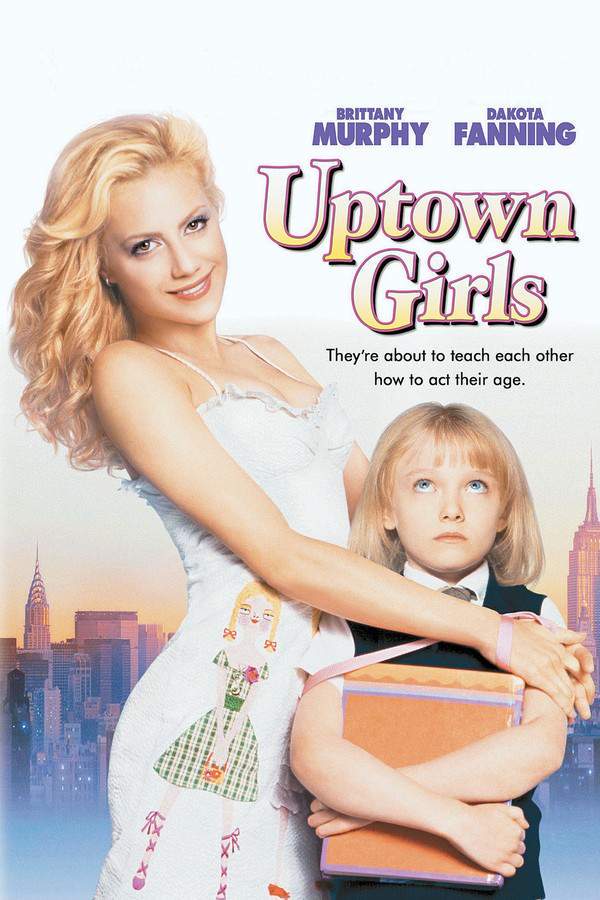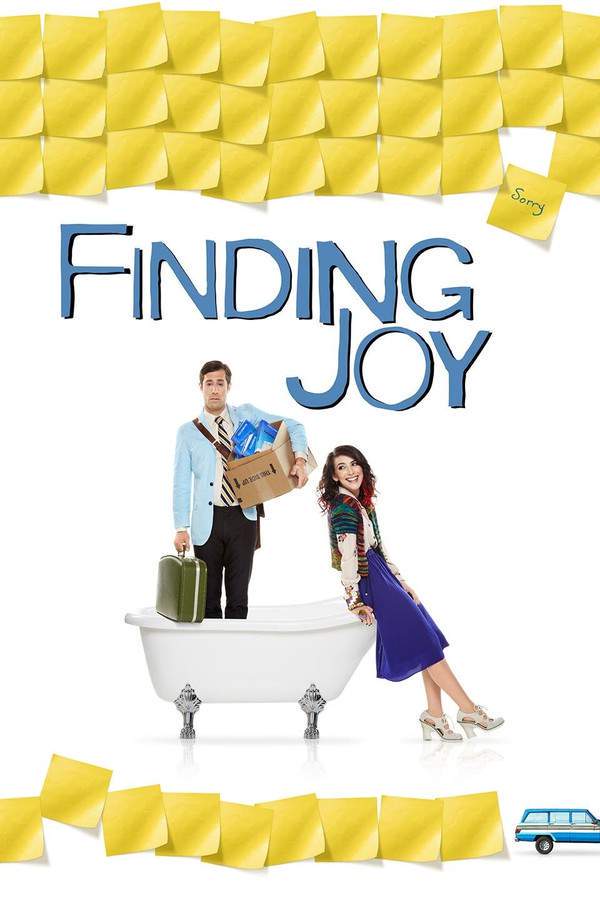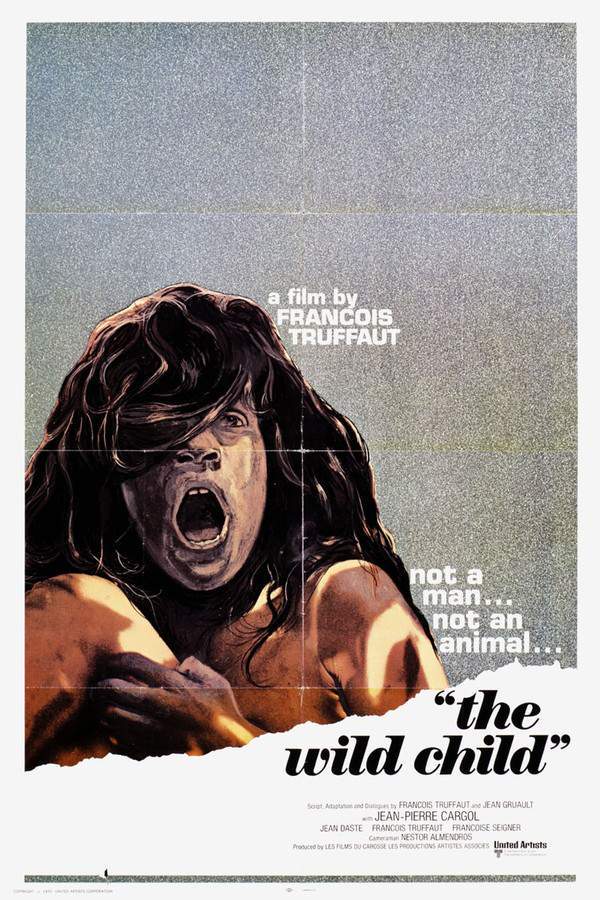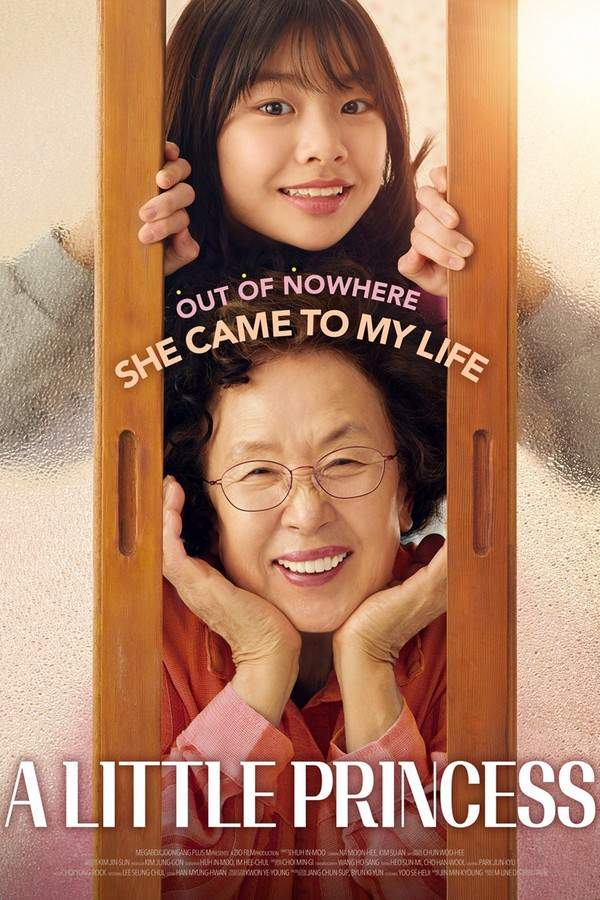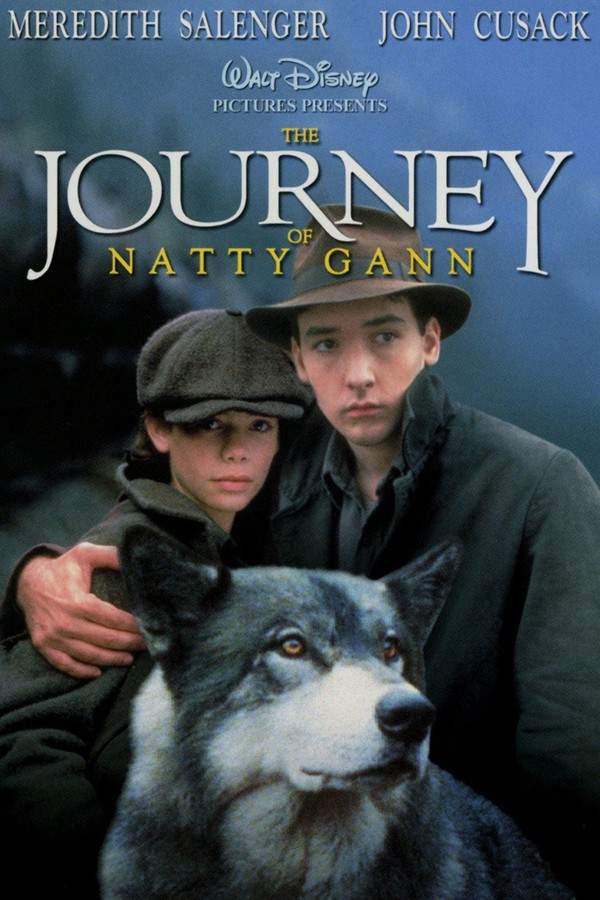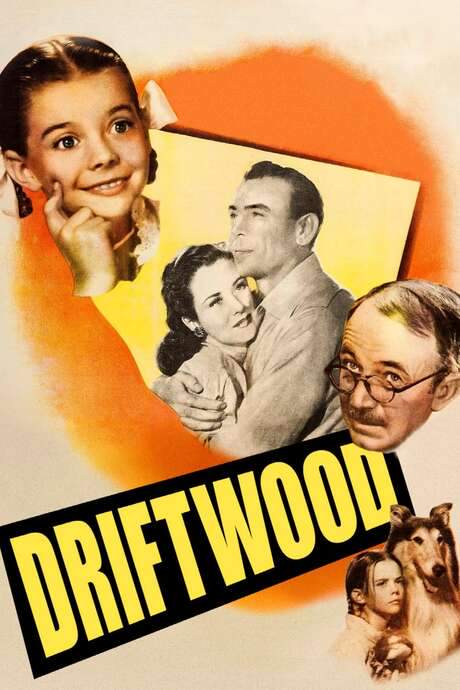
Owl and the Sparrow
Year: 2007
Runtime: 97 mins
Language: Vietnamese
Director: Stephane Gauger
In modern-day Saigon, three lonely strangers form a unique family as a ten-year old orphan plays matchmaker to a zookeeper and a beautiful flight attendant.
Warning: spoilers below!
Haven’t seen Owl and the Sparrow yet? This summary contains major spoilers. Bookmark the page, watch the movie, and come back for the full breakdown. If you're ready, scroll on and relive the story!
Owl and the Sparrow (2007) – Full Plot Summary & Ending Explained
Read the complete plot breakdown of Owl and the Sparrow (2007), including all key story events, major twists, and the ending explained in detail. Discover what really happened—and what it all means.
Thuy [Han Thi Pham] is a ten-year-old runaway orphan who spends her days in a factory run by her uncle, Minh [Nguyen Hau], a man who sees her as useless and unfit for school. With a burning desire to escape the confines of her hard life, she runs away from home and tries to hustle a living on the streets, selling postcards and roses to passersby. Her world opens up when she crosses paths with Lan [Cat Ly], a flight attendant with a calm, independent presence, in a busy noodle shop. The moment they meet, an unexpected bond forms: Lan shares warmth and kindness, and Thuy quickly comes to admire her strength and generosity. This budding friendship becomes a lifeline for Thuy as she grapples with homelessness and the ache of not belonging anywhere. Lan, for her part, is carrying her own private burden, masking unhappiness behind a well-kept smile, and yet her first instinct is to help a frightened child find sense in a world that feels unpredictable.
The next day brings Thuy to the zoo, where a keeper named Hai [The Lu Le] befriends her through a shared, almost uncanny affinity for animals. Hai’s ability to understand the creatures under his care resonates with Thuy, and she begins to help at the zoo, finding purpose in a space that feels more alive than the factory. In the marketplace Hai asks Thuy to deliver a bouquet to a woman named Phuong [Nguyen Kim Phuong], revealing that he and Phuong were once engaged. Thuy senses a stormy tangle of past hopes and present disappointments as Phuong’s family’s disapproval of Hai’s profession looms in the background. Thuy warns Hai that Phuong could break his heart again, even though Phuong has told him she is single. The moment is tender and complicated, highlighting how fragile relationships can be when history casts long shadows. Struck by a growing sense of responsibility and care, Thuy tries to shield Hai from heartbreak, but her defense backfires in a moment of miscommunication. Hai brings Thuy back to the zoo and shares the knowledge of an orphanage where she would be safe, yet Thuy, feeling boxed in and misunderstood, suspects that Hai wants to lock her away, and she returns to the bustling city with a stubborn determination to control her own fate.
Meanwhile, Lan’s life begins to tilt toward a more open conversation about what she truly wants. She ends her affair with her co-worker, who is already married, and returns home to Thuy at her doorstep. The two decide to step out for a meal, a simple act that soon becomes a fragile kind of family outing. Hai, who has become a catalyst in their lives, shows up at the restaurant where Lan and Thuy are gathering, and the meeting marks a turning point in how they view themselves and each other. The night is marked by awkward beats and soft revelations, but it closes with a sense that all three of them—Thuy, Lan, and Hai—are adrift together, seeking a place where they can belong. Thuy leaves behind a single rose as a quiet farewell, a token of gratitude that hints at a future where they might still be part of one another’s lives.
As night gives way to dawn, the harsh reality of Thuy’s situation returns with a stark knock: police canvassing the streets for employment papers. Most children manage to slip away, but Thuy is caught and sent to an orphanage in the city, a moment that crystallizes the precariousness of life for someone so young. Lan, driven by a fierce need to protect Thuy, searches for her in every corner and ultimately goes to the zoo to find Hai. Together they locate the orphanage, but neither Lan nor Hai can claim Thuy because neither is a relative. It is then that Minh arrives with official documents proving he is Thuy’s legal guardian and takes her back to the country to work in the factory. The moment is heavy with what-ifs, as Thuy’s longing for freedom collides with the weight of obligation.
Yet Thuy cannot resign herself to a life of servitude. She escapes and takes a significant amount of Minh’s money, determined to bend her own path. She travels to Hai and proposes buying his beloved elephant to prevent it from being deported to a zoo in India. Moved by her plea but also aware of the limits of their reality, Hai returns the money to Minh. Then he offers an alternative: he will pay for Thuy to live and work at the zoo, with Hai as her guardian—a chance for a life that blends safety with dignity, and a glimmer of the companionship Thuy has sought from the people around her. Thuy is elated by this possibility, though a wistful sadness lingers—her imagination finds Lan and Hai as two halves of a family, and she fears the resonance of Hai’s insecurities about whether he’s good enough for Lan.
In a final bid for connection, Thuy visits Lan at her apartment, only to find she has already left. Thuy leaves a note and a small package, hoping to reach Lan again through a personal, tangible message. At the airport that evening, Lan opens the package and reads Thuy’s note declaring that Lan is her family; the package also contains a pair of dolls—Thuy’s prized possessions. Deeply touched, Lan races through Saigon’s streets to find Thuy, and when she finally locates her, she drops to her knees and embraces the girl. Beside them, Hai smiles down on the reunion, a quiet proof that family can be formed not just by blood but by care, commitment, and the willingness to fight for one another’s futures. The film closes on this hopeful image of a family made through love, perseverance, and the small, everyday acts of kindness that bind people together.
Last Updated: October 09, 2025 at 16:43
Explore Movie Threads
Discover curated groups of movies connected by mood, themes, and story style. Browse collections built around emotion, atmosphere, and narrative focus to easily find films that match what you feel like watching right now.
Urban found family movies like Owl and the Sparrow
Stories where lonely souls in the city form unexpected bonds and chosen families.If you enjoyed the heartwarming story of unlikely bonds in Owl and the Sparrow, you'll love these movies about lonely strangers forming families in the city. Discover similar dramas where kindness bridges isolation.
Narrative Summary
Narratives in this thread typically follow several disconnected characters whose lives intersect in a city. Through a series of gentle, deliberate moments, they move from loneliness to a profound, often unconventional, sense of family, resolving their central emotional conflicts with hope and connection.
Why These Movies?
These films are grouped by their shared focus on the redemptive power of human connection within an impersonal urban setting. They share a gentle mood, a steady, character-focused pace, and a hopeful tone that finds light in themes of loneliness.
Movies about a child's resilient journey like Owl and the Sparrow
Films centered on a child's determined and hopeful path through adversity.Looking for more films like Owl and the Sparrow that follow a determined child's hopeful journey? Explore these stories of childhood resilience where young protagonists bring light and connection to adult lives.
Narrative Summary
The narrative pattern follows a child, often independent or in difficult circumstances, whose journey brings them into contact with weary adults. Through the child's innocence, determination, and subtle matchmaking, they catalyze healing and forge new relationships, leading to a positive resolution for all.
Why These Movies?
These movies share a central theme of childhood agency and resilience. They balance the melancholy of a child's struggles with a fundamentally hopeful and gentle tone, creating a medium-intensity emotional experience that is ultimately uplifting.
Unlock the Full Story of Owl and the Sparrow
Don't stop at just watching — explore Owl and the Sparrow in full detail. From the complete plot summary and scene-by-scene timeline to character breakdowns, thematic analysis, and a deep dive into the ending — every page helps you truly understand what Owl and the Sparrow is all about. Plus, discover what's next after the movie.
Owl and the Sparrow Timeline
Track the full timeline of Owl and the Sparrow with every major event arranged chronologically. Perfect for decoding non-linear storytelling, flashbacks, or parallel narratives with a clear scene-by-scene breakdown.

Characters, Settings & Themes in Owl and the Sparrow
Discover the characters, locations, and core themes that shape Owl and the Sparrow. Get insights into symbolic elements, setting significance, and deeper narrative meaning — ideal for thematic analysis and movie breakdowns.

Owl and the Sparrow Spoiler-Free Summary
Get a quick, spoiler-free overview of Owl and the Sparrow that covers the main plot points and key details without revealing any major twists or spoilers. Perfect for those who want to know what to expect before diving in.

More About Owl and the Sparrow
Visit What's After the Movie to explore more about Owl and the Sparrow: box office results, cast and crew info, production details, post-credit scenes, and external links — all in one place for movie fans and researchers.




